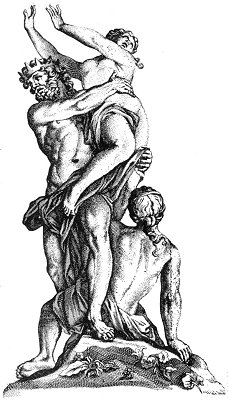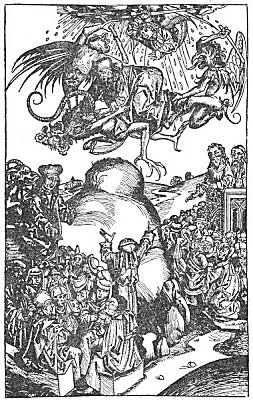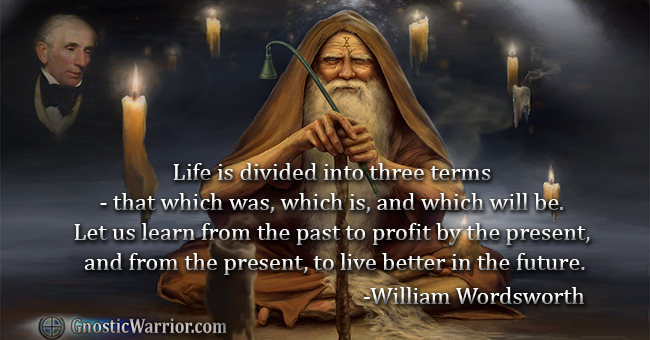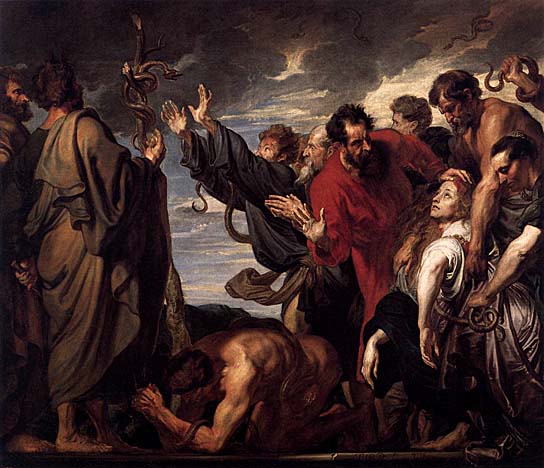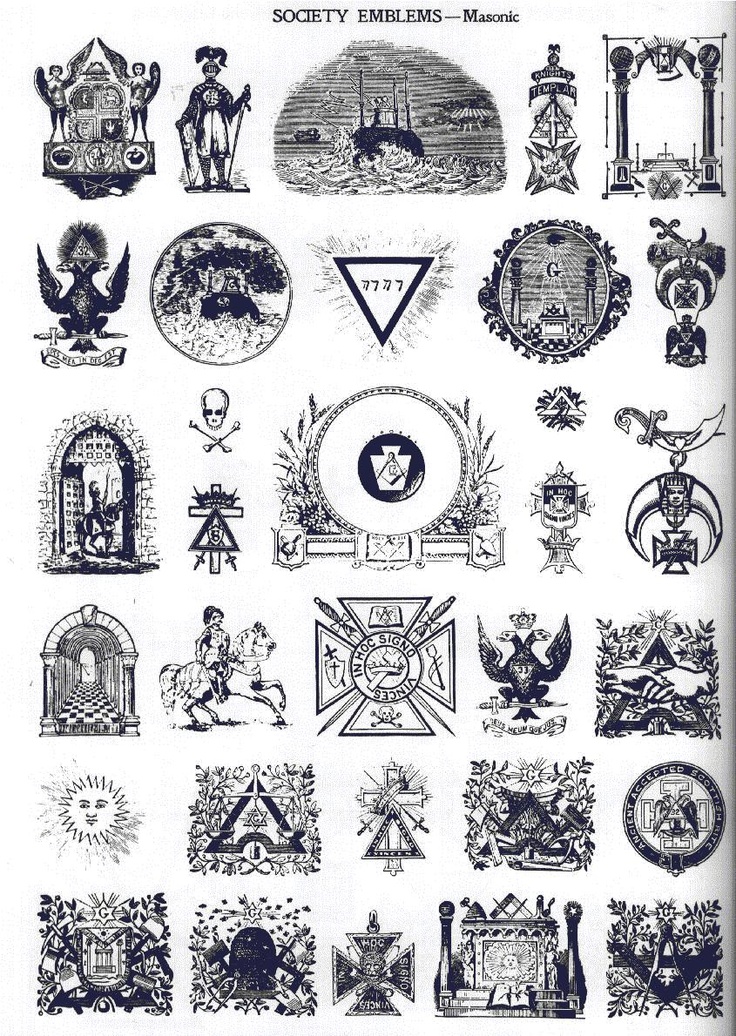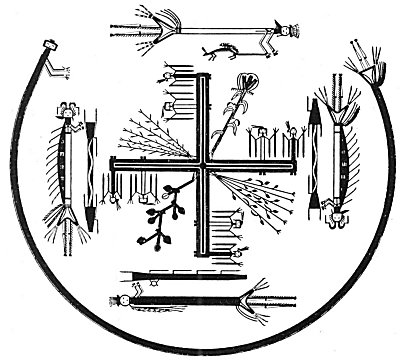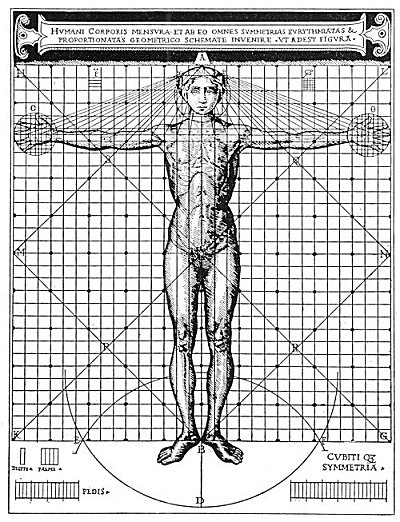p. 23
integrity from the most learned members of the higher Druidic degrees.
According to James Gardner, there were usually two Arch-Druids in Britain, one residing on the Isle of Anglesea and the other on the Isle of Man. Presumably there were others in Gaul. These dignitaries generally carried golden scepters and were crowned with wreaths of oak leaves, symbolic of their authority. The younger members of the Druidic Order were clean-shaven and modestly dressed, but the more aged had long gray beards and wore magnificent golden ornaments. The educational system of the Druids in Britain was superior to that of their colleagues on the Continent, and consequently many of the Gallic youths were sent to the Druidic colleges in Britain for their philosophical instruction and training.
Eliphas Levi states that the Druids lived in strict abstinence, studied the natural sciences, preserved the deepest secrecy, and admitted new members only after long probationary periods. Many of the priests of the order lived in buildings not unlike the monasteries of the modern world. They were associated in groups like ascetics of the Far East. Although celibacy was not demanded of them, few married. Many of the Druids retired from the world and lived as recluses in caves, in rough-stone houses, or in little shacks built in the depths of a forest. Here they prayed and medicated, emerging only to perform their religious duties.
James Freeman Clarke, in his Ten Great Religions, describes the beliefs of the Druids as follows: “The Druids believed in three worlds and in transmigration from one to the other: In a world above this, in which happiness predominated; a world below, of misery; and this present state. This transmigration was to punish and reward and also to purify the soul. In the present world, said they, Good and Evil are so exactly balanced that man has the utmost freedom and is able to choose or reject either. The Welsh Triads tell us there are three objects of metempsychosis: to collect into the soul the properties of all being, to acquire a knowledge of all things, and to get power to conquer evil. There are also, they say, three kinds of knowledge: knowledge of the nature of each thing, of its cause, and its influence. There are three things which continually grow less: darkness, falsehood, and death. There are three which constantly increase: light, life, and truth.”
Like nearly all schools of the Mysteries, the teachings of the Druids were divided into two distinct sections. The simpler, a moral code, was taught to all the people, while the deeper, esoteric doctrine was given only to initiated priests. To be admitted to the order, a candidate was required to be of good family and of high moral character. No important secrets were intrusted to him until he had been tempted in many ways and his strength of character severely tried. The Druids taught the people of Britain and Gaul concerning the immortality of the soul. They believed in transmigration and apparently in reincarnation. They borrowed in one life, promising to pay back in the next. They believed in a purgatorial type of hell where they would be purged of their sins, afterward passing on to the happiness of unity with the gods. The Druids taught that all men would be saved, but that some must return to earth many times to learn the lessons of human life and to overcome the inherent evil of their own natures.
Before a candidate was intrusted with the secret doctrines of the Druids, he was bound with a vow of secrecy. These doctrines were imparted only in the depths of forests and in the darkness of caves. In these places, far from the haunts of men, the neophyte was instructed concerning the creation of the universe, the personalities of the gods, the laws of Nature, the secrets of occult medicine, the mysteries of the celestial bodies, and the rudiments of magic and sorcery. The Druids had a great number of feast days. The new and full moon and the sixth day of the moon were sacred periods. It is believed that initiations took place only at the two solstices and the two equinoxes. At dawn of the 25th day of December, the birth of the Sun God was celebrated.

Moe is the founder of GnosticWarrior.com. He is a father, husband, author, martial arts black belt, and an expert in Gnosticism, the occult, and esotericism.

